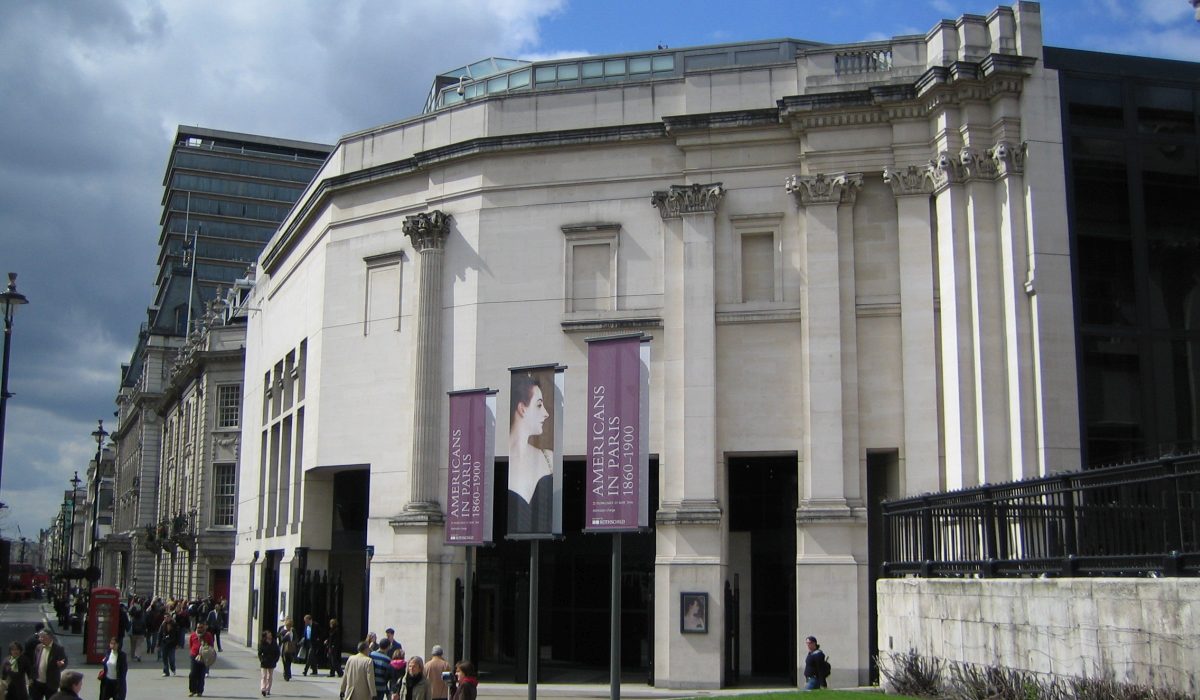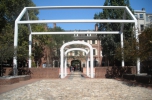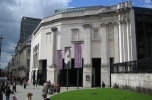Robert Venturi 1925–2018
Text: György Szegő
Born as a child of immigrating parents from Italy, he got his degree in architecture and thus received a two-year grant in Rome in 1954. Enriched with experiences there, he returned to his country, and in the 1960s launched an attack against the American version of Modernism which he rated as exhausted. After his university studies, he worked as an assistant with Louis Kahn. His chief work, Complexity and Contradiction in Architecture was published in 1966, and exerted deep influence on contemporary architecture in the next two or three decades. His Philadelphia-based Guild House (1964) has columns, round-arched windows to provoke Modernist architecture as a programme building. He seated the museum of Benjamin Franklin beneath his house (1976), with the lively sculpturesque tracery of the buildings contours in concrete, which earnd him world-fame. In 1991 he received the Pritzker Prize. The most prominent American architects in his wake are Philip Johnson, Charles Moore or Robert Graves, whiclt in Europe it is the post-Modernist architecture of Rem Koolhaas and Ricardo Bofill that show his influences.



